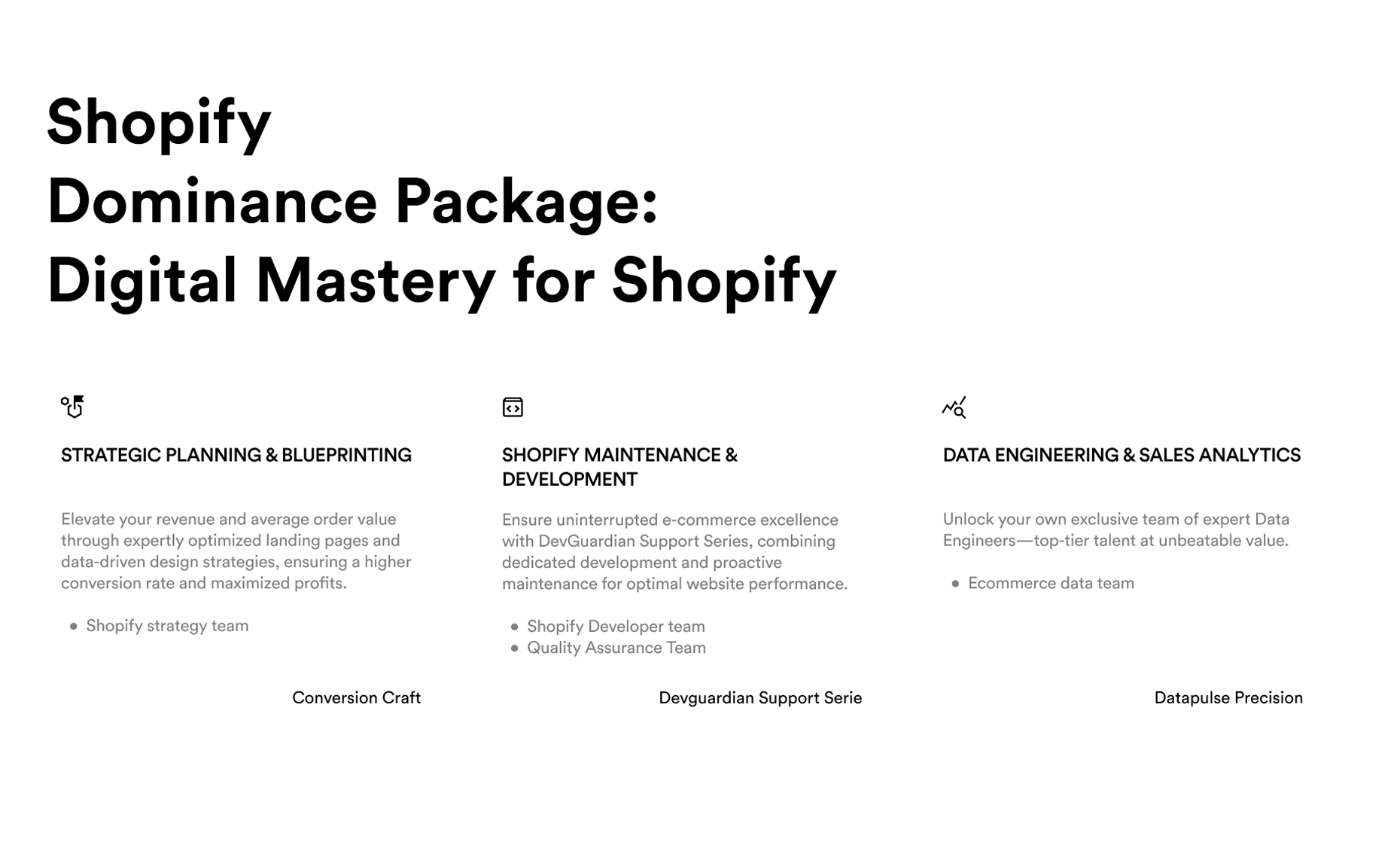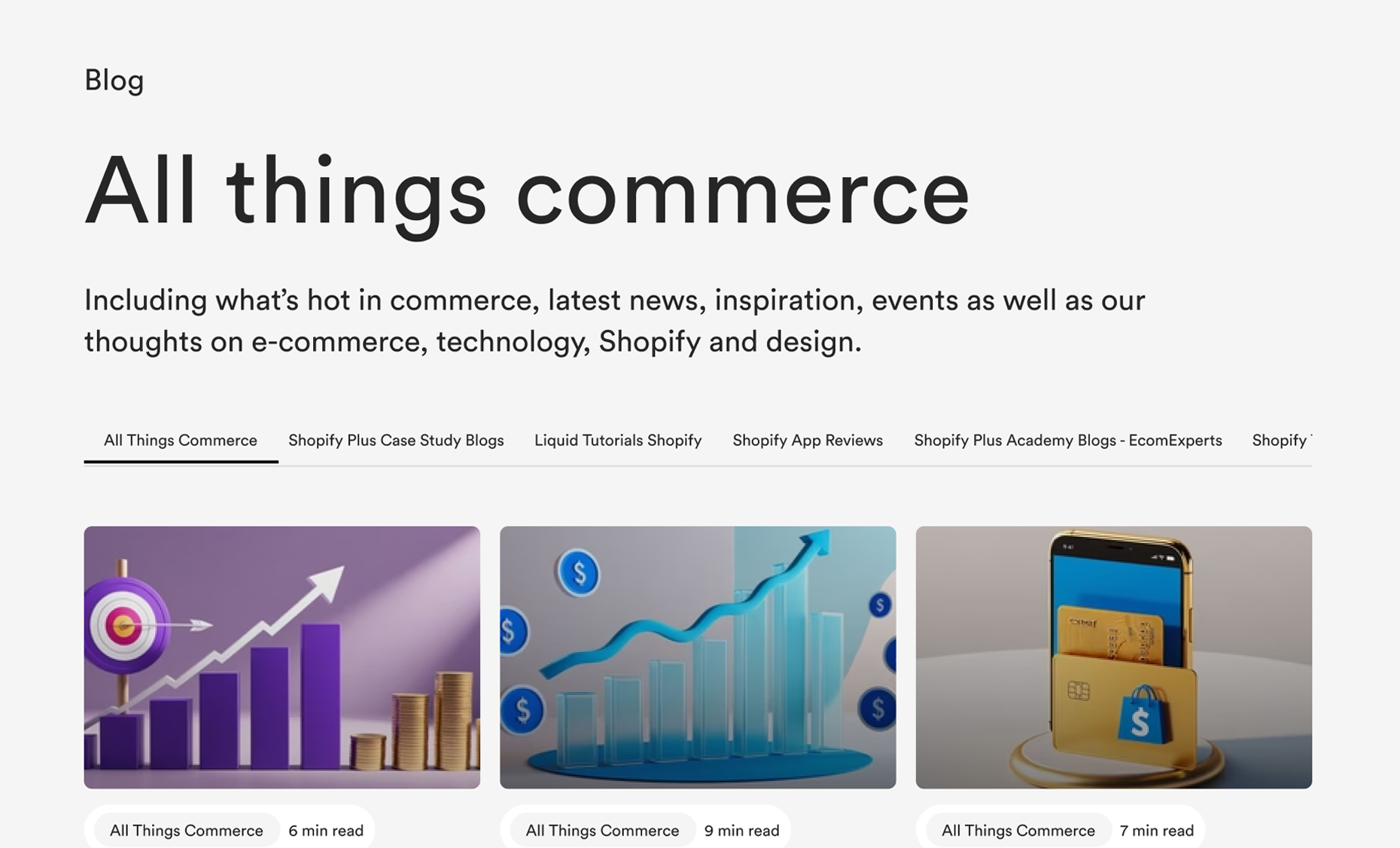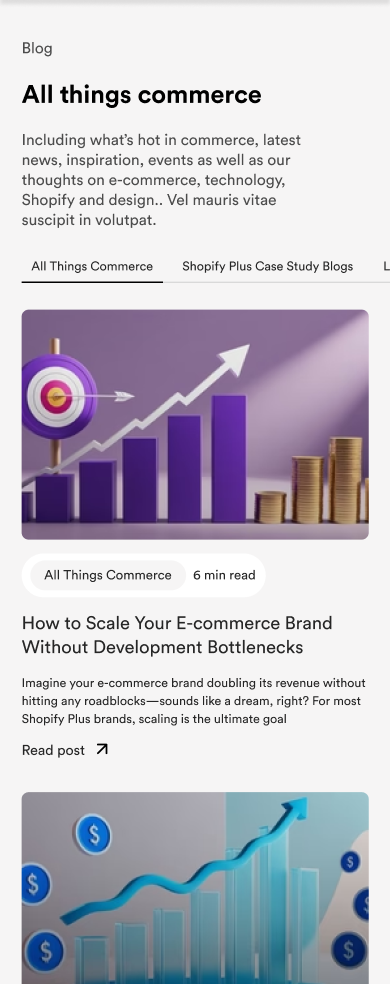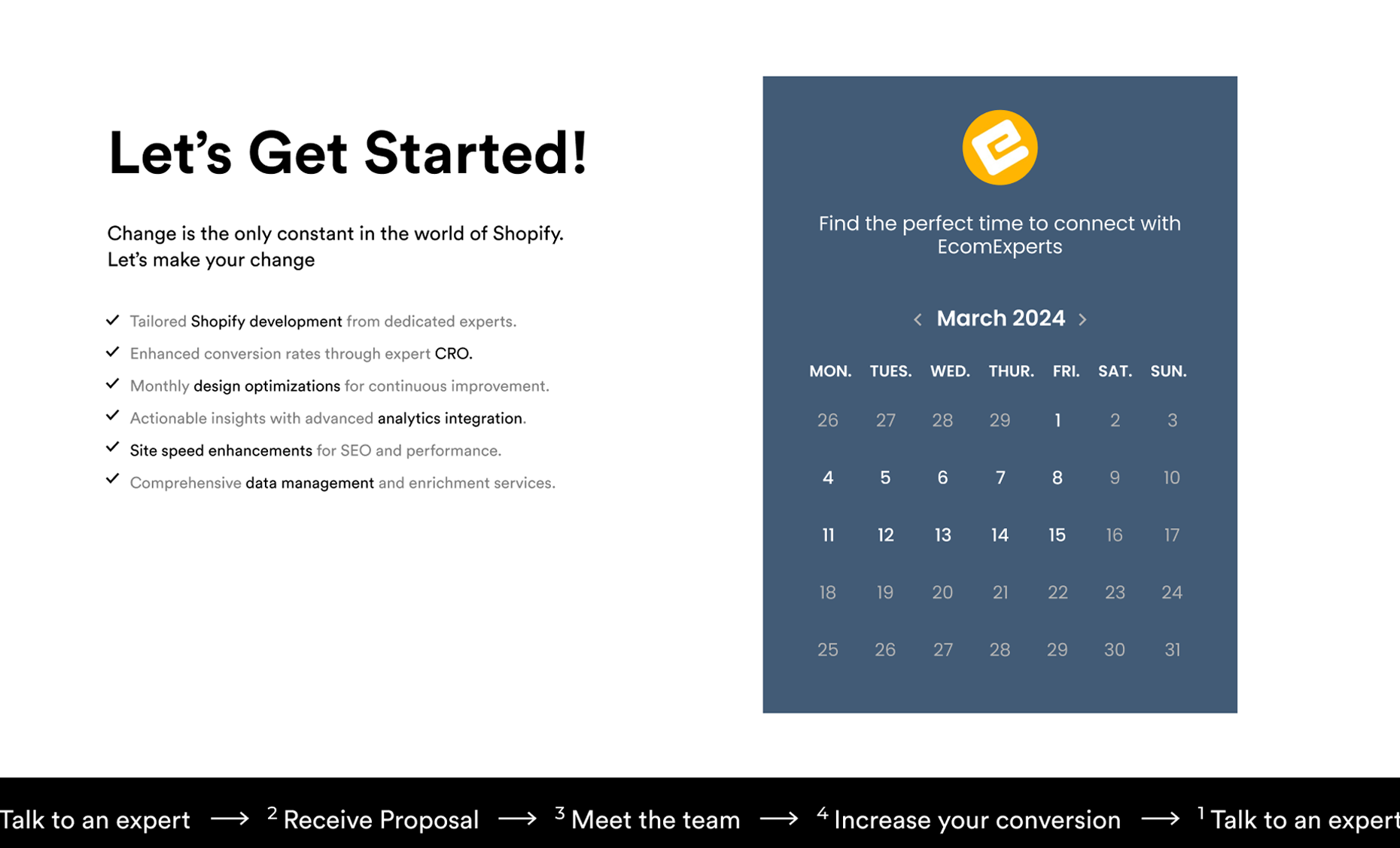The Impact of Intrusive Ads on User Experience
It's no secret that intrusive ads can ruin the browsing experience for users. Popup windows, autoplay videos, and interstitial ads that overlay the page are just a few examples of ads that hinder users' ability to access the desired content. Not only do these ads disrupt the flow of browsing, but they also slow down webpage loading times, leading to frustration and an increased likelihood of users abandoning the site altogether.
Furthermore, intrusive ads can negatively impact the perception of a website. When users encounter overwhelming amounts of ads, they may question the legitimacy and credibility of the site. After all, if a website is willing to bombard its visitors with annoying ads, what guarantees do users have that their personal information won't be compromised?
One of the most frustrating aspects of intrusive ads is their ability to obscure content that users are actively seeking. Imagine trying to read an important article or watch a tutorial, only to have your screen suddenly covered by a popup ad that you can't easily dismiss. This not only disrupts the user's focus but can also lead to a sense of helplessness and annoyance.
Moreover, intrusive ads can have a significant impact on a website's overall user engagement metrics. High bounce rates, low time-on-page metrics, and decreased conversion rates are often directly linked to the presence of intrusive ads. Users are less likely to explore a site further or interact with its content if they feel bombarded by irrelevant or disruptive advertisements.
How Bad Ads Affect Website Credibility
Website credibility is crucial in today's digital landscape. Users expect websites to be trustworthy sources of information, and bad ads can undermine this trust. When users encounter deceptive or misleading ads, they may associate these negative experiences with the website itself. This can lead to a loss of credibility, decreased user engagement, and ultimately, a decrease in website traffic.
To combat this issue, website owners should carefully vet the ads that appear on their sites. Implementing strict ad quality standards and partnering with reputable ad networks can help ensure that only ads that align with the website's values and provide value to users are displayed.
Moreover, the impact of bad ads on website credibility extends beyond just user perception. Search engines like Google also take into account user experience metrics, such as bounce rates and time spent on site, when determining search rankings. Websites with high bounce rates due to bad ads may see a negative impact on their search visibility, further compounding the credibility issue.
It's essential for website owners to regularly monitor ad performance and user feedback to identify and address any problematic ads promptly. By maintaining a vigilant approach to ad quality and user experience, websites can safeguard their credibility and ensure long-term success in the competitive online landscape.
Uncovering the Impact of Bad Ads on Consumers
Aside from their impact on user experience and website credibility, bad ads can also have psychological effects on consumers. Research has shown that repetitive, annoying, or misleading ads can lead to a phenomenon known as ad fatigue. This occurs when consumers become desensitized to ads, leading to a decrease in ad effectiveness and a decline in consumer engagement.
Moreover, bad ads can create a negative association with the advertised brand. Consumers may perceive brands associated with annoying or intrusive ads as pushy, untrustworthy, or even spammy. This can harm brand reputation and make it difficult for businesses to build strong, long-lasting relationships with their target audience.
Furthermore, the impact of bad ads extends beyond just the consumer's perception of the brand. Studies have shown that exposure to negative or low-quality advertisements can also affect the overall mood and emotional state of individuals. Constant bombardment with irrelevant or irritating ads can lead to feelings of frustration, anger, or even anxiety among consumers, ultimately influencing their overall browsing experience.
Additionally, bad ads can have a ripple effect on the entire digital advertising ecosystem. When consumers actively avoid or block ads due to negative experiences, it can disrupt the revenue streams of publishers and content creators who rely on advertising for monetization. This can lead to a shift towards more aggressive advertising tactics, further exacerbating the issue of ad fatigue and consumer alienation.
The Psychology Behind Annoying Advertisements
To understand why bad ads have such a strong impact on consumers, it's essential to delve into the psychology behind annoying advertisements. One factor at play is the concept of cognitive load - the amount of mental effort required to process information. Intrusive ads increase cognitive load by diverting users' attention away from the main content and forcing them to process the ads simultaneously.
In addition to cognitive load, the frequency and repetitiveness of bad ads can trigger annoyance and irritation in users. Advertisements that appear frequently or are shown repeatedly can become distracting and disrupt users' tasks or goals. This frustration can ultimately lead to negative perceptions of both the ad and the brand it represents.
Strategies for Turning Bad Ads into Engaging Content
While bad ads can be detrimental to user experience and brand reputation, they also represent an opportunity for businesses to turn the situation around and engage users in a meaningful way. By focusing on creating authentic, relevant, and non-disruptive advertisements, brands can break through the noise and capture users' attention.
Personalization is another key strategy for transforming bad ads into engaging content. By tailoring ads to match users' interests and preferences, brands can enhance the relevance and value of their advertisements. This not only increases the chances of users engaging with the ads but also fosters a positive brand perception.
Exploring the Ethics of Misleading Advertisements
When it comes to advertising, the ethical considerations cannot be overlooked. Misleading advertisements not only harm the trust between brands and consumers but also undermine the integrity of the advertising industry as a whole. Businesses must adhere to ethical guidelines and ensure that their ads are transparent, honest, and provide accurate information.
Regulatory bodies play a crucial role in upholding ethical standards in advertising. By enforcing regulations and holding advertisers accountable for their actions, these bodies protect consumers and contribute to maintaining a fair and trustworthy marketplace.
Case Studies: Brands That Successfully Revamped Bad Ads
While bad ads may seem like an insurmountable challenge, there are brands that have successfully turned their ad campaigns around. By listening to customer feedback, analyzing data on ad performance, and implementing creative solutions, these brands have transformed annoying ads into captivating content that resonates with their target audience.
One such success story is Company X, a well-known e-commerce platform. After receiving complaints about intrusive pop-up ads, Company X conducted extensive market research to understand their customers' preferences. They then redesigned their ads to be less intrusive while still capturing users' attention. The result was a significant increase in click-through rates and overall customer satisfaction.
Leveraging Negative Feedback to Improve Ad Campaigns
Negative feedback can be a valuable source of insight for brands looking to improve their ad campaigns. By actively listening to their audience and addressing their concerns, brands can adapt their strategies and create more engaging ads.
Online surveys, focus groups, and social media monitoring are just a few ways brands can gather feedback from their target audience. This feedback can provide invaluable insights into what aspects of their ads are frustrating or ineffective, allowing brands to make informed adjustments and improve the overall user experience.
The Evolution of Bad Ads: From Print to Digital
Bad ads have been around long before the rise of digital media. However, with the advent of the internet, the landscape of bad ads has expanded, presenting new challenges and opportunities for advertisers.
In the early days of digital advertising, popup ads and flashy banners were prevalent. However, as users became increasingly frustrated, ad-blocking software and regulations were introduced to combat these intrusive practices. This prompted advertisers to adopt more subtle, native advertising formats that seamlessly integrate with the user's browsing experience.
Bad Ads vs. Ethical Advertising
While bad ads may seem to overshadow ethical advertising practices, it's important to remember that not all ads are created equal. Ethical advertising focuses on building positive relationships with consumers, respecting their privacy, and delivering relevant, meaningful content. By prioritizing ethical practices, brands can stand out in a crowded marketplace and build trust with their audience.
The Future of Advertising: Trends in Combating Bad Ads
The advertising industry continues to evolve, driven by technological advancements and changing consumer behaviors. One trend that has emerged in recent years is the rise of native advertising. Native ads seamlessly blend with the surrounding content, providing a non-disruptive and engaging user experience.
Another promising development is the use of machine learning and artificial intelligence to improve ad targeting and relevancy. By leveraging user data and predictive algorithms, brands can deliver personalized ads that resonate with consumers, reducing the likelihood of ad fatigue and annoyance.
In conclusion, the power of bad ads should not be underestimated. From their impact on user experience and website credibility to their psychological effects on consumers, bad ads can have far-reaching consequences. However, by adopting ethical practices, listening to customer feedback, and embracing new advertising trends, brands can navigate the challenges posed by bad ads and unleash their potential to engage and captivate audiences.











